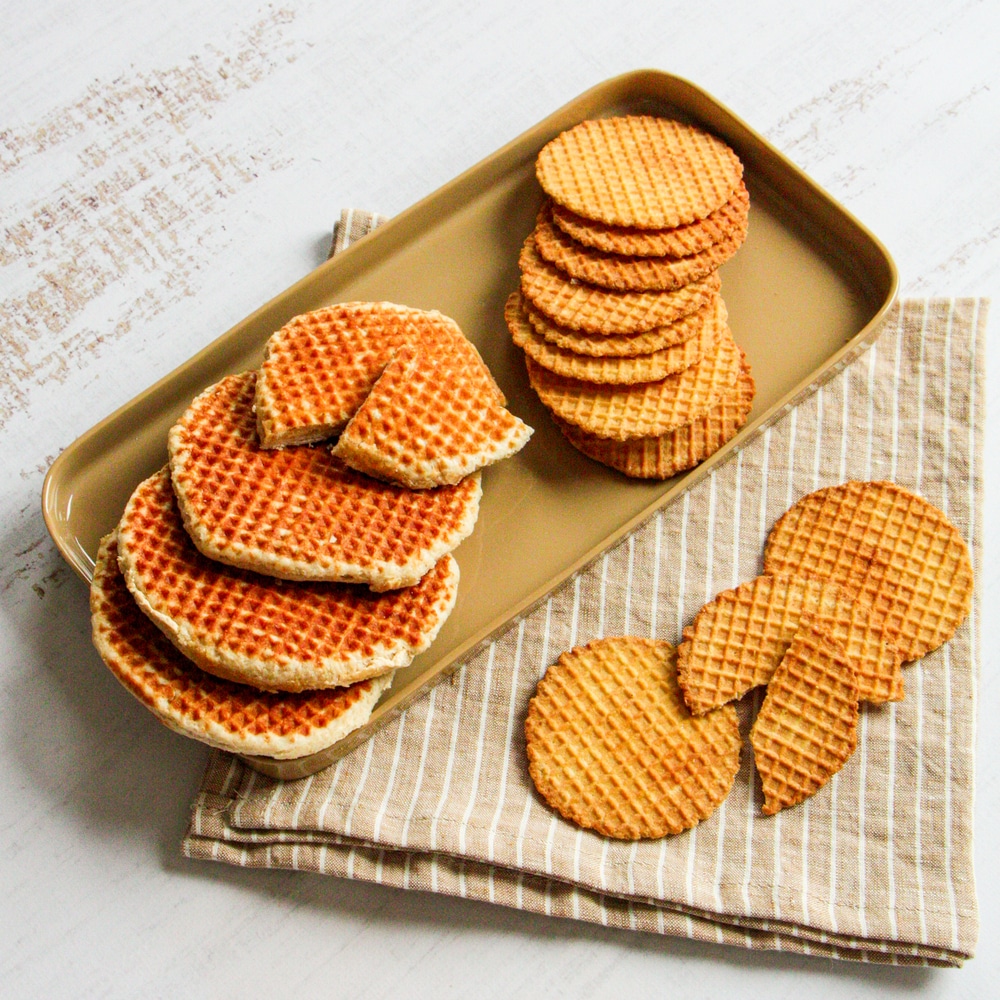The Waffles
They are offered as a gift or to represent the region, they are eaten with the family or on the sly : waffles, a living tradition in the north.
A gustatory memory that you won’t forget!
The irresistible smell that escapes from the hot mold at the ducasse, the fingers dripping with soft sugar. The waffle is first of all a childhood memory. Descendant of the medieval waffle that was sold at the exit of the church, it occupies a place of choice in the gustatory memories. Like a Proust’s madeleine, tourists take it away in a stamped package. General de Gaulle even had some delivered to the Elysée Palace. Irresistible, this small cushion in honeycomb ! It is said that a blacksmith created his honeycomb mold on the model of a honeycomb, “walfre” in old French. Our waffle was not far off.
A waffle, waffles/waffle molds!
Flour, eggs, sugar, butter, the ingredients are the same but the waffles do not all come out of the same mold. We recognize the characteristic cast irons of pearl sugar waffles. The Brussels waffle, a rectangle of 20 regular squares, can be topped with powdered sugar or whipped cream.
Renewing the tradition
Flemish waffles can be recognized by their tightly packed grid, sometimes decorated with elegant patterns. They cook the “étrennes”, thin, oval and crunchy. These dry waffles are a New Year’s gift and have a long shelf life. Add yeast to them and they swell up when cooked to be filled with a butter-vergeoise mixture. Mythical. Their cousin Liégeoise with big holes is thicker and fleshier.
Although it is a regional jewel, the waffle does not hesitate to break away from its traditional recipe. The vergeoise is exchanged for chicory, speculoos and violets. In savory, it is made into a burger, it is stuffed with goat cheese and honey or it is filled with a fondue of onions and chicken with Maroilles cream and beer.





